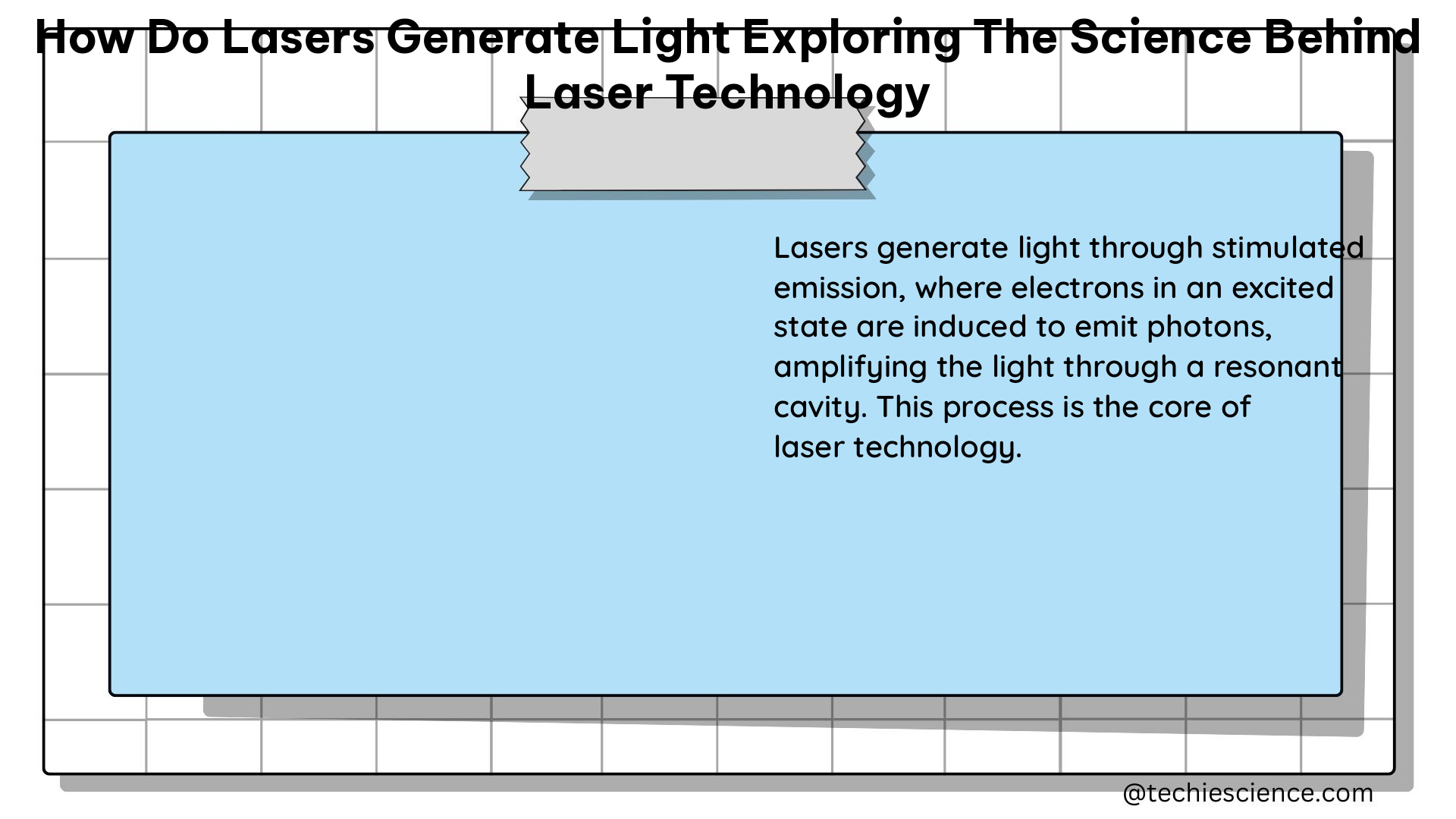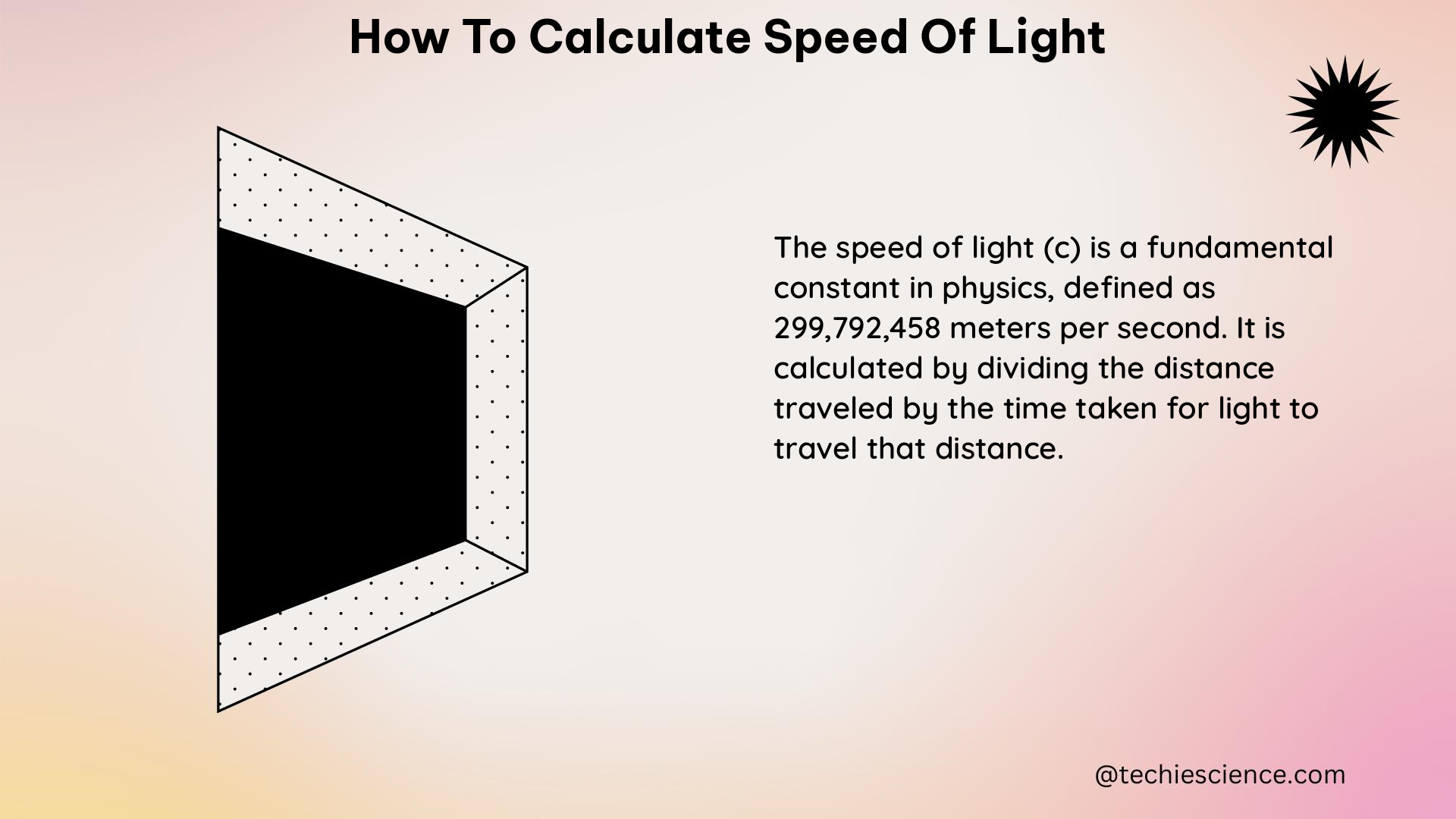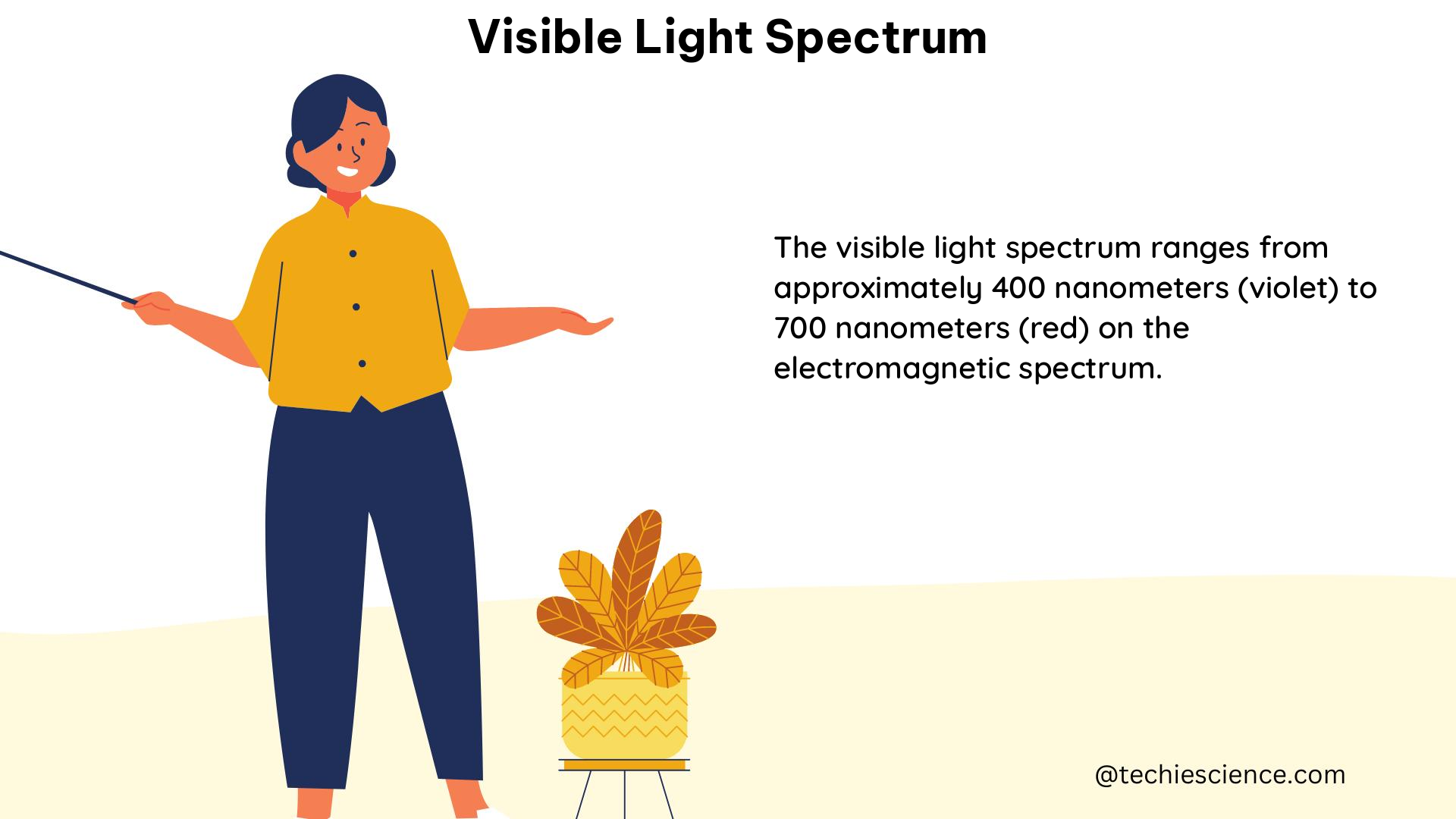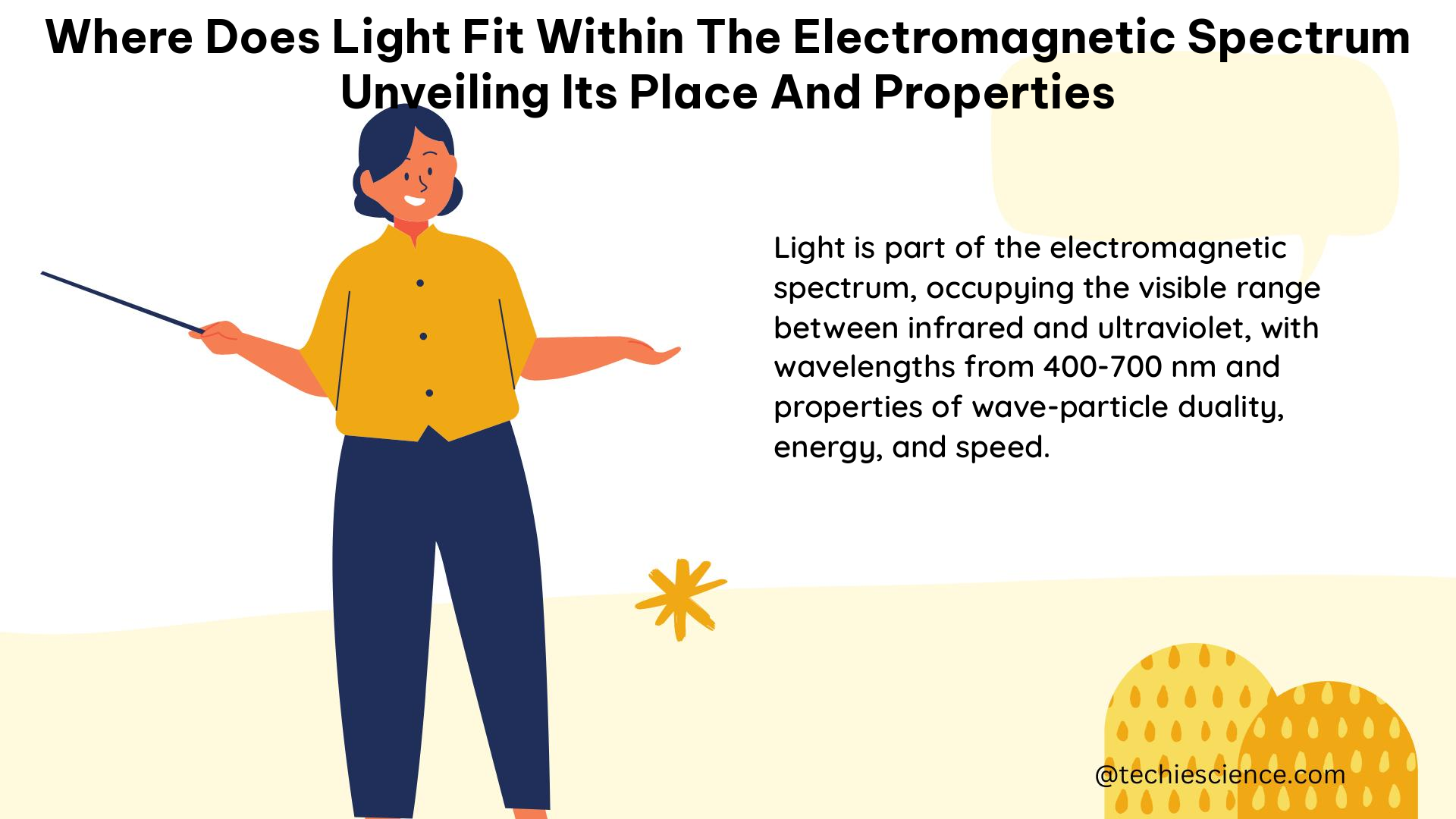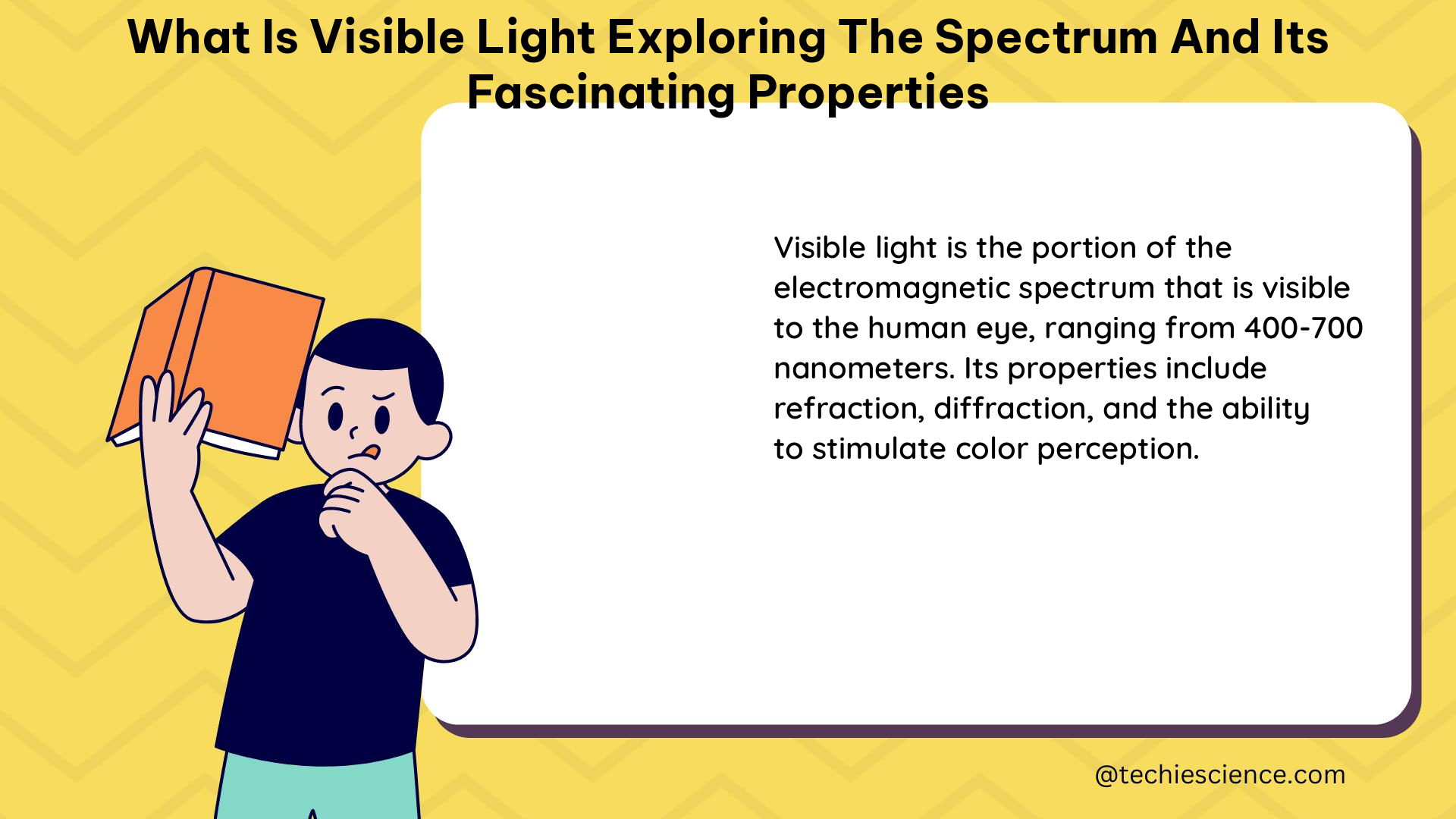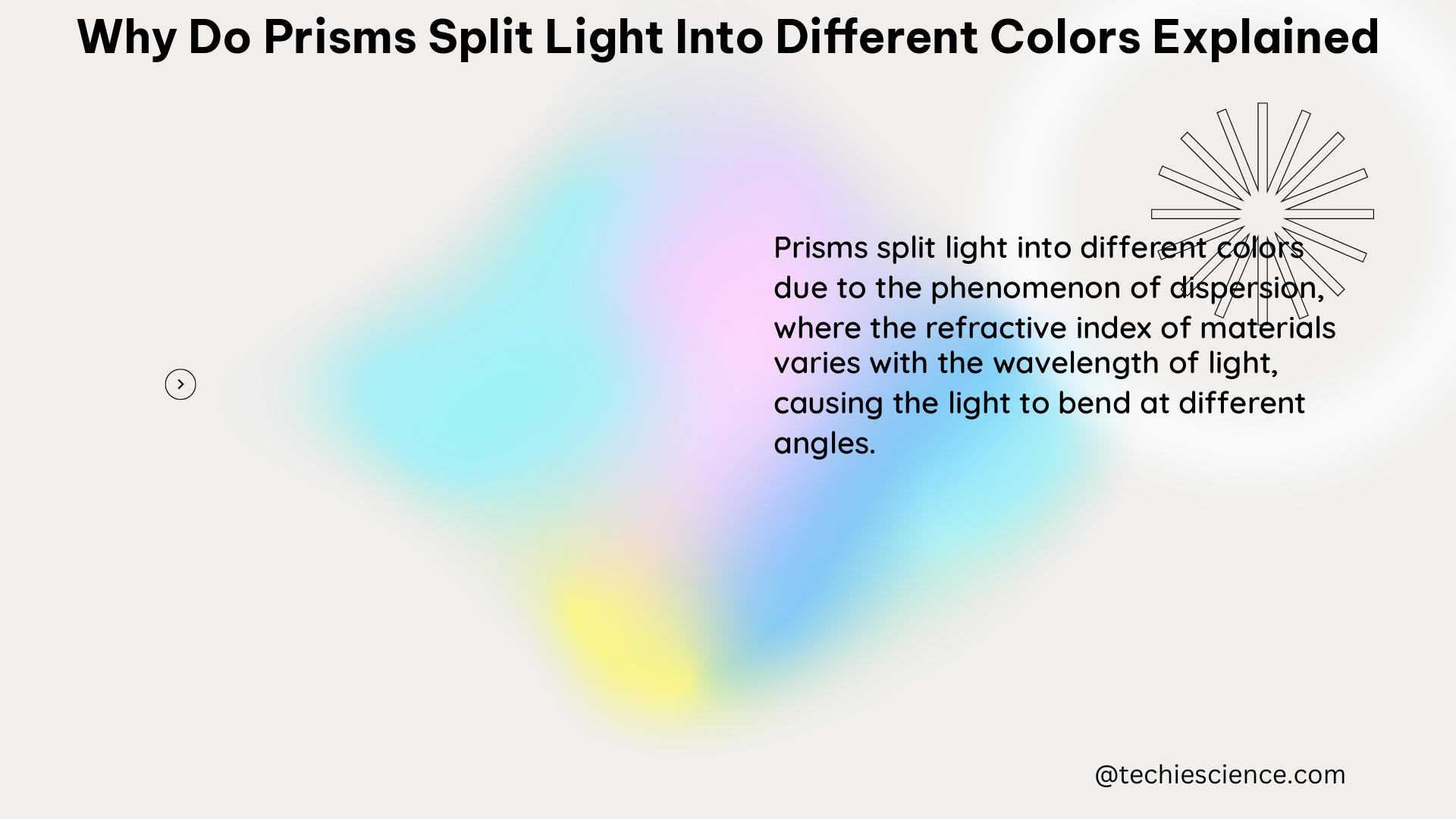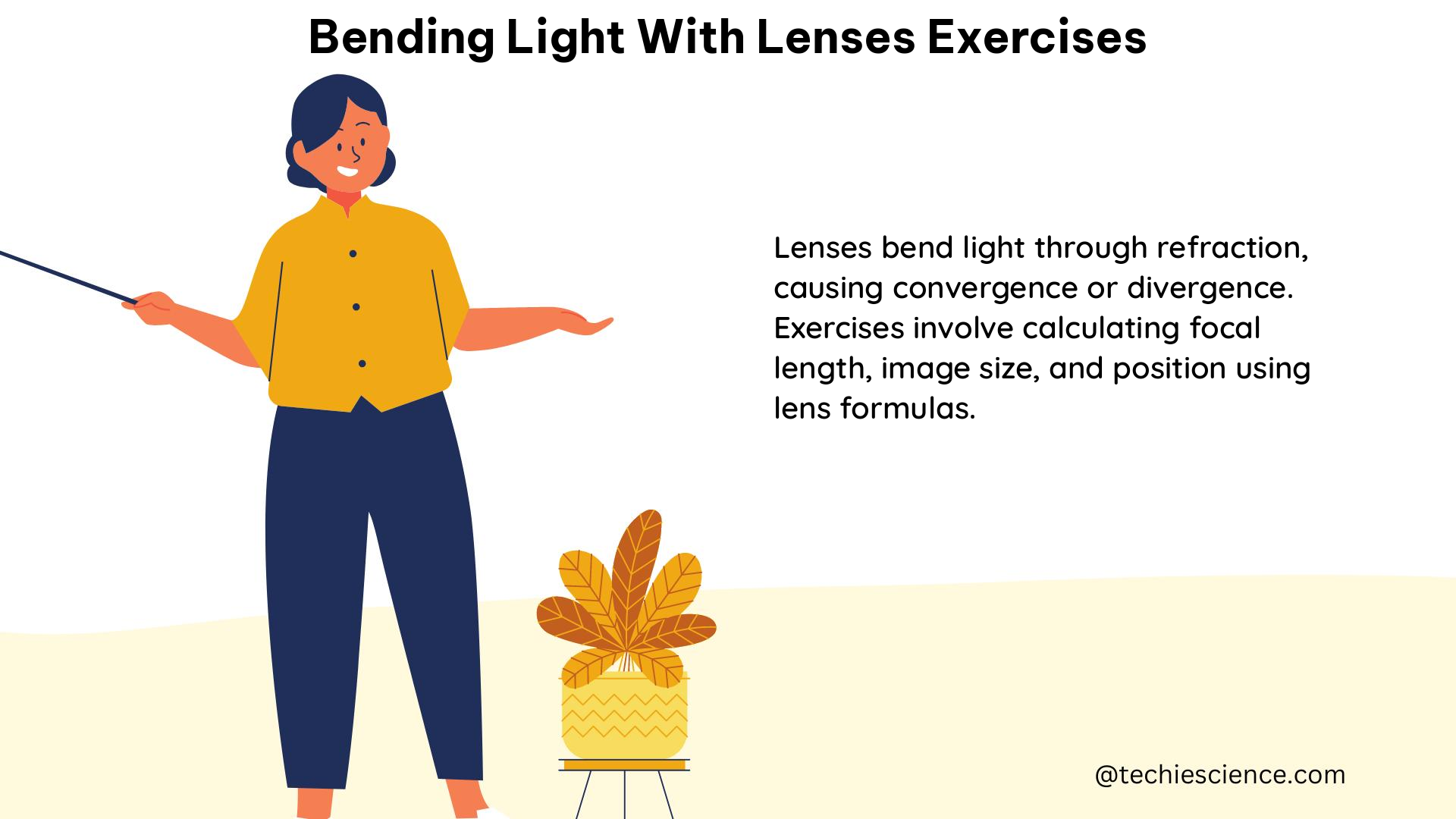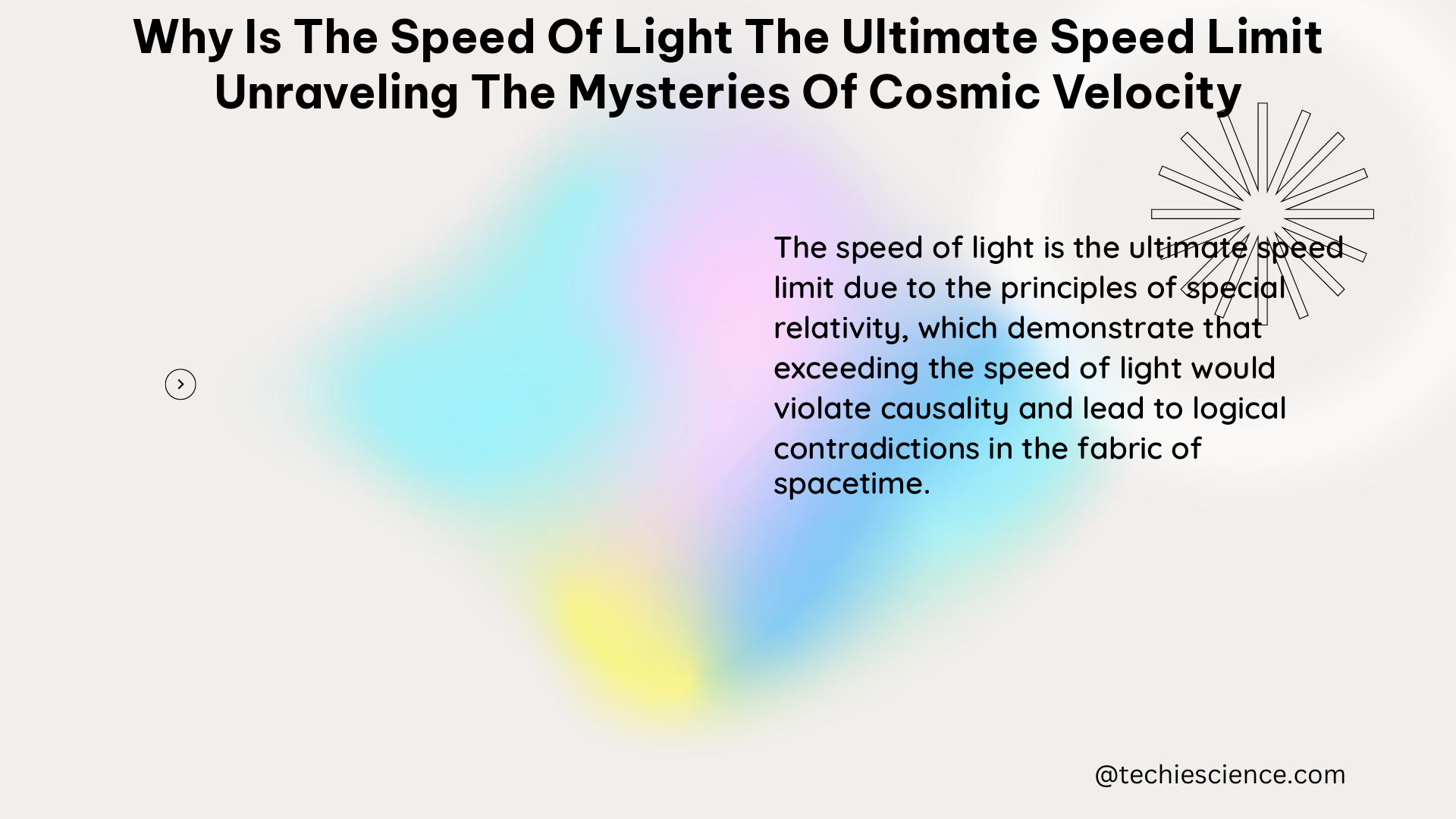When Did Humans First Start Studying Light: A Historical Exploration
Humans have been fascinated by the nature of light for thousands of years, with the earliest studies focusing on understanding vision and the properties of light. This blog post will take a deep dive into the historical exploration of light, from the ancient philosophers to the modern quantum mechanics. Ancient Greek Philosophers and the Foundations … Read more

